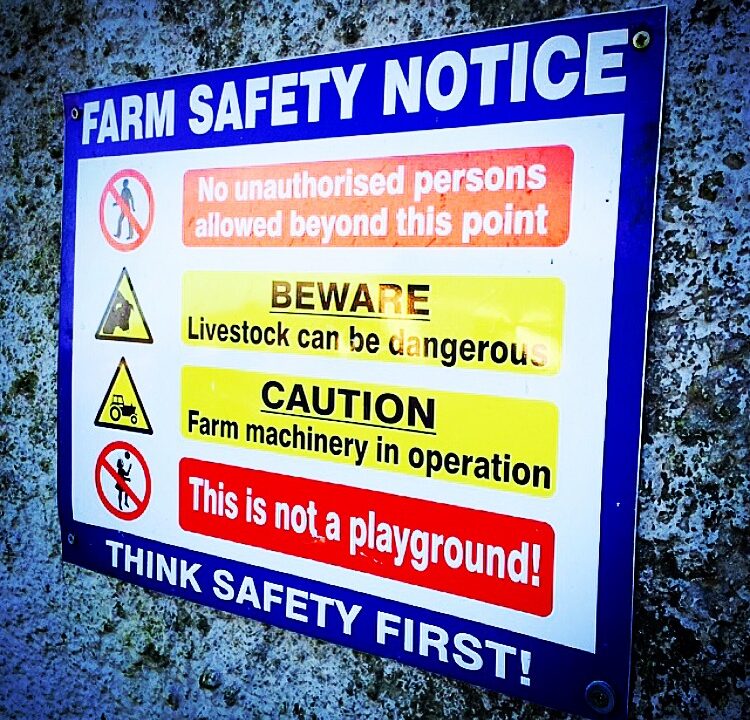A group of Farm Safety Partnership members has called for the removal of the 30-month rule, believing the rule risks farmers’ safety through additional sorting and moving of animals.
The Livestock Working Group of the partnership has drafted a letter to beef industry stakeholders – including processors – saying that the rule was “arbitrary”, and had “no basis in either animal health or animal welfare”.
The letter adds that, at a recent meeting of the Livestock Working Group, the “potential increased risks for farmers” as a result of the rule was mentioned and discussed.
The letter argues that the rule increases farm safety risks as a result of an increase in livestock handling through:
- Increased sorting;
- Separating;
- Loading;
- Transporting of small numbers of livestock.
The working group also referenced comments from Dr. Patrick Wall – professor of public health at University College Dublin (UCD) – who, in an interview with AgriLand last year, said that the rule was implemented as a result of bovine spongiform encephalopathy (BSE), but was no longer needed.
“There is no scientific basis for the 30-month age limit to remain as a requirement for the slaughtering of beef in Ireland… This rule, initially brought in following the BSE crisis, is no longer required… BSE is over and so, therefore, there is no need for the 30-month rule now – there is no rationale behind it, so that should be changed,” Dr. Wall said.
In its letter – drafted just before Christmas by Pat Kirwan of Veterinary Ireland, one of the stakeholder groups – the working group agreed with this appraisal, adding that the rule “is a market requirement that is resulting in increased risks being undertaken by Irish farmers”.
We agree with Dr. Wall’s comments and believe that it is timely to reconsider this onerous market requirement in the interests of farm safety.
Speaking to AgriLand, Pat Kirwan highlighted that five of the 17 farm fatalities in Ireland were as a result of livestock incidences.
He added that the 30-month rule was “mentioned a few times” at the Livestock Working Group meetings, and also highlighted that the farmers who were appearing in the fatality statistics were of an older cohort.
